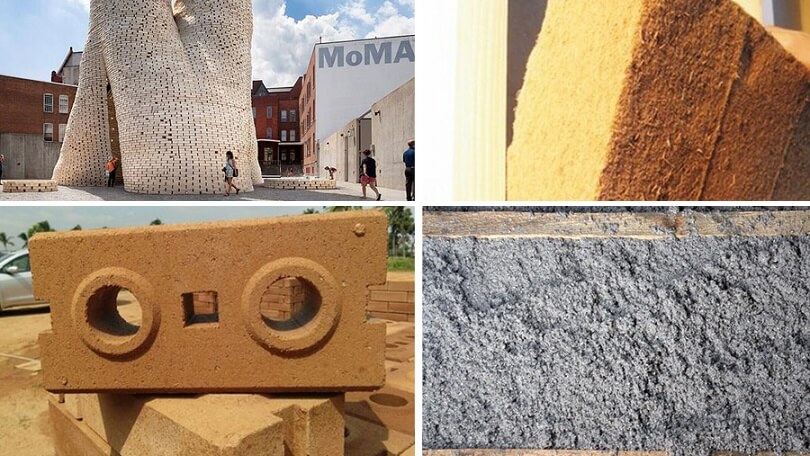If you are considering building a new home or looking to remodel your current one, you may want to consider using alternative materials. What exactly is an alternative material? Alternative building materials are items that can be used in place of traditional construction materials. These products might include straw bales, recycled plastics, and even hemp! This blog post will discuss the pros and cons of each type of material so that you can make an informed decision on what’s best for your needs.
What are Conventional Building Materials?
Conventional building materials are the most common type of material used in construction. These materials include wood, metal, and plastic. Conventional materials are often cheaper than alternative materials and they are easy to find. However, conventional materials can be harmful to the environment and may contain harmful chemicals.
Conventional building materials are those that we typically see and use today. These building materials include:
- Bricks – used with mortar to make walls and the foundation of a structure;
- Natural stone – such as marble, granite, or slate;
- Concrete blocks – hollow or solid (also referred to as cinder block);
- Metal – such as steel and aluminum;
- Wood – especially lumber that is used for framing the structure.
Conventional building materials have been around since humans first started to build structures, whether they were huts or castles, these materials are at the base of every construction project. That said, it’s important to remember that the use of these materials has evolved over time.
Pros of Conventional Materials
- Cheap.
- Easy to find.
- Sturdy.
Cons of Conventional Materials
- Many materials contain harmful chemicals to the environment.
What are Alternative Materials?
Alternative materials are made from sustainable or recycled materials. These products often have a lower environmental impact than conventional building materials. Alternative materials can be more expensive than traditional options, but the long-term savings may be worth it. Some alternative materials include straw bales, recycled plastics, and hemp.
Straw Bale Construction
One of the most common alternative building materials is straw bales. Straw bale construction involves stacking bales of straw to form walls, which are then covered in plaster or stucco. This type of material can be used for both new constructions and renovations because it does not require a lot of time for installation. However, there are several disadvantages associated with using straw bale construction. First, straw bales tend to be more expensive than conventional materials and they may not meet building code regulations in all areas. Straw also contains dust that can irritate the eyes and respiratory system of those who come into contact with it. Additionally, few companies carry insurance policies for strawbale structures since there has been limited research on their fire resistance.
Recycled Plastics
Another common alternative building material is recycled plastics. Recycled plastic can be made into a variety of products, including decking, fencing, and siding. It is a durable material that does not corrode or decay. Additionally, it is resistant to insects and moisture. However, recycled plastic can be expensive and it may not be available in all areas.
Hemp Construction
Another sustainable alternative building material is hemp construction. Hemp is a versatile plant that can be used to make a variety of products, including insulation, roofing materials, and wallboard. Hemp is also resistant to pests and moisture. However, hemp construction can be expensive and it is not yet available in all areas.
Pros of Alternative Materials
- Low environmental impact.
- Resistant to pests and moisture.
Cons of Alternative Materials
- More expensive than conventional options.
- Less research is available on the longevity and safety of materials.
Difference Between Conventional and Alternative Materials
- Conventional materials are made from natural resources like wood, metal, and plastic. Alternative materials are made mostly from recycled products or sustainable materials.
- Conventional building materials are often cheaper than alternative options but they can be harmful to the environment.
- Alternative materials may be more expensive but they have a lower environmental impact and can be more durable.
- There is less research available on the longevity and safety of alternative materials as compared to conventional options.
- Alternative materials are more resistant to pests and moisture.
Conclusion
When making a decision about what type of building material to use, it is important to weigh the pros and cons of both conventional and alternative options. Conventional materials are often cheaper and easier to find than their sustainable counterparts, but they can be harmful to the environment. Alternative materials have a lower environmental impact, but may be more expensive, and less research is available on their longevity and safety. Consider all of the factors involved before making a decision.

